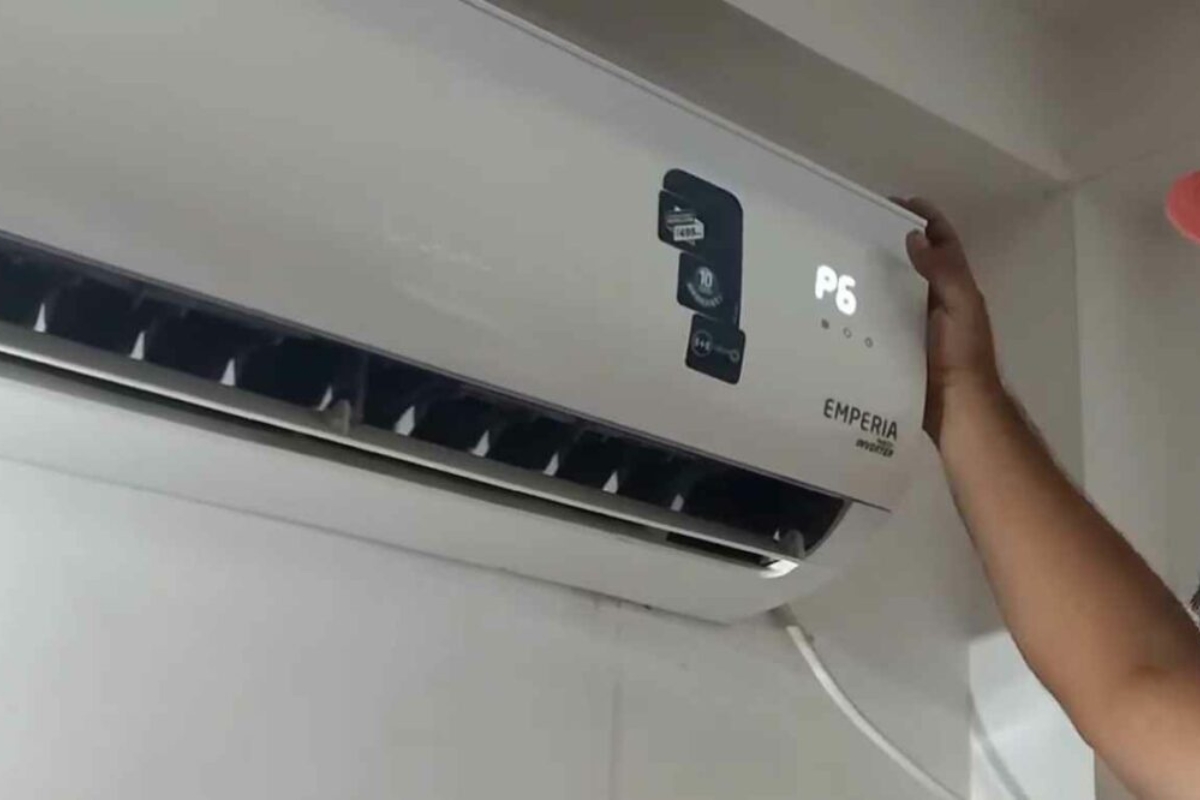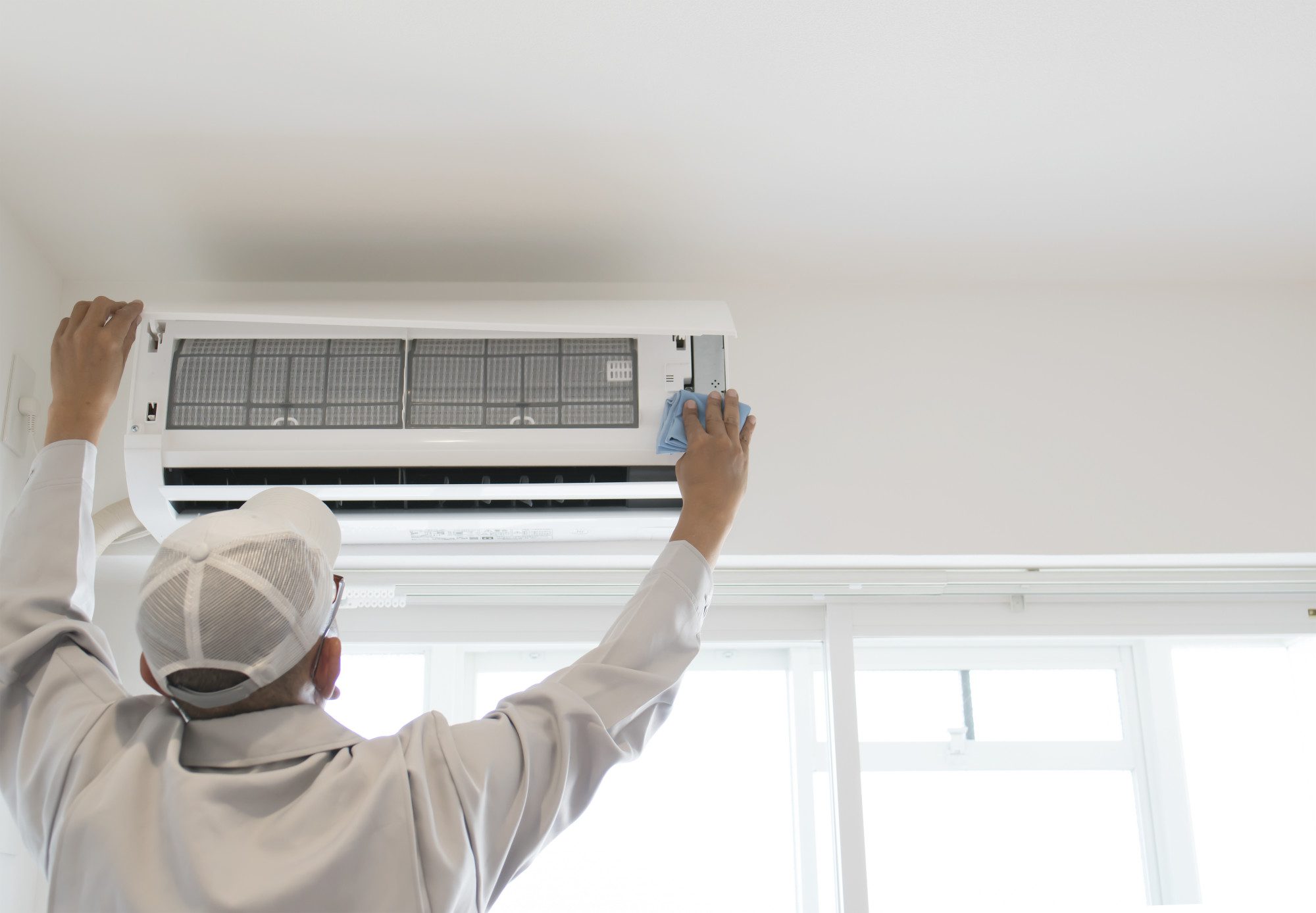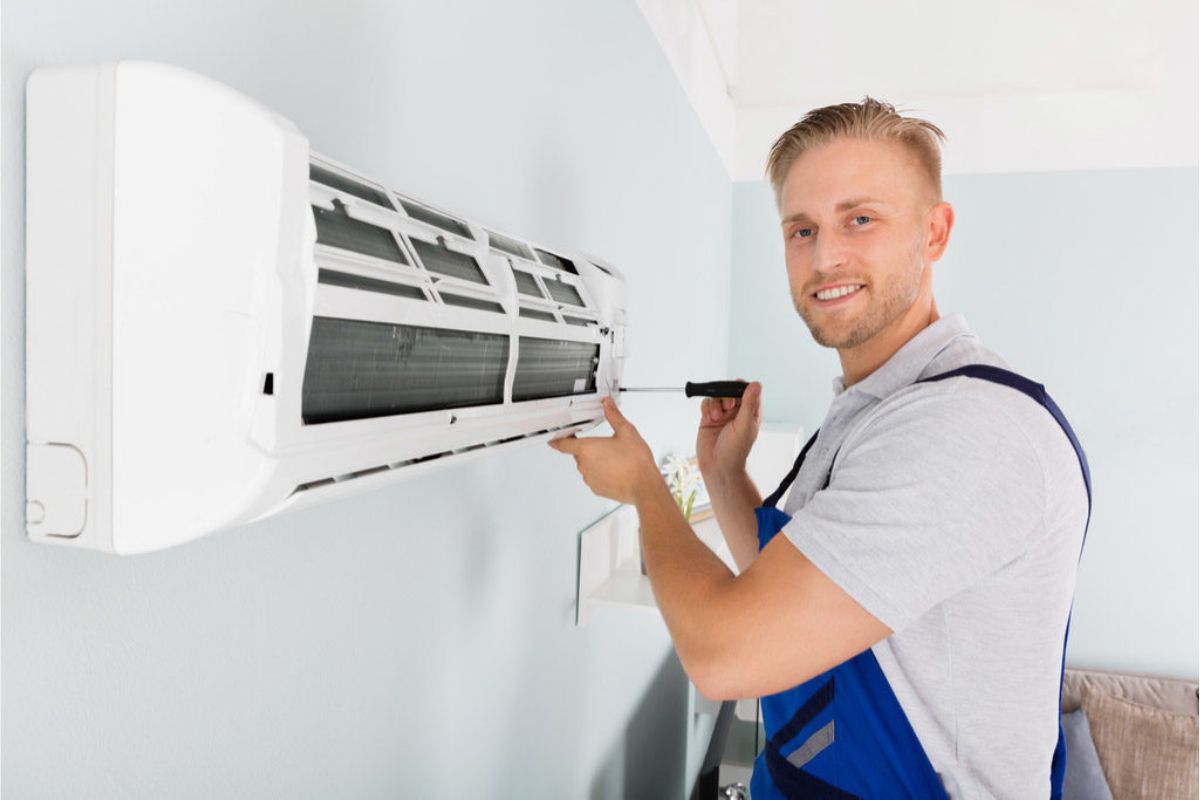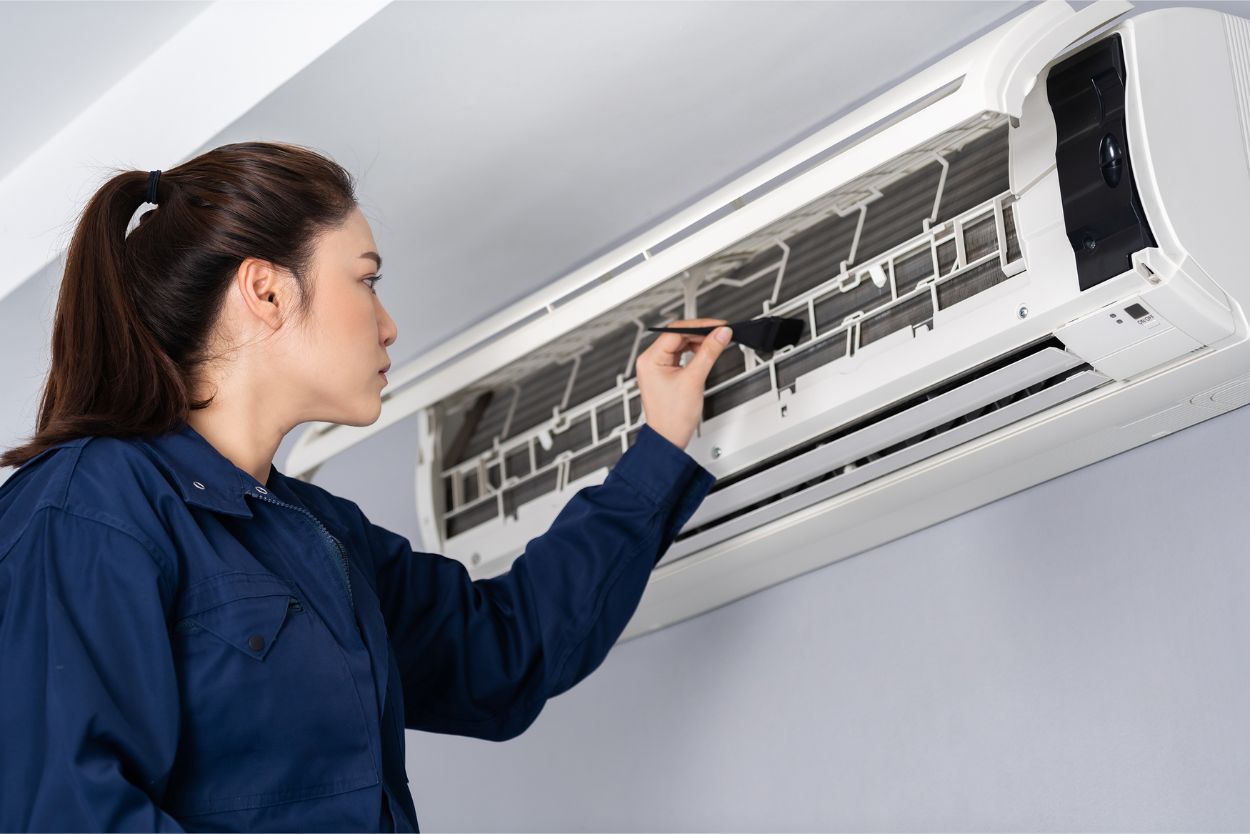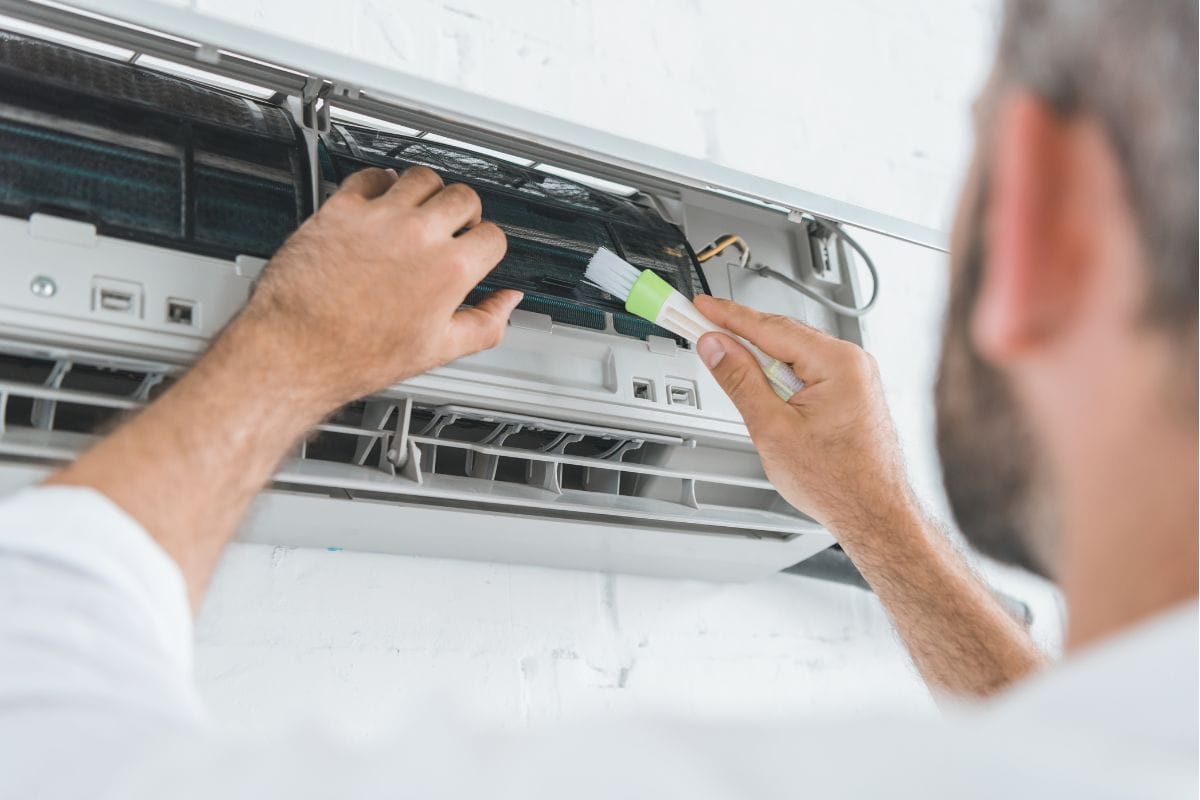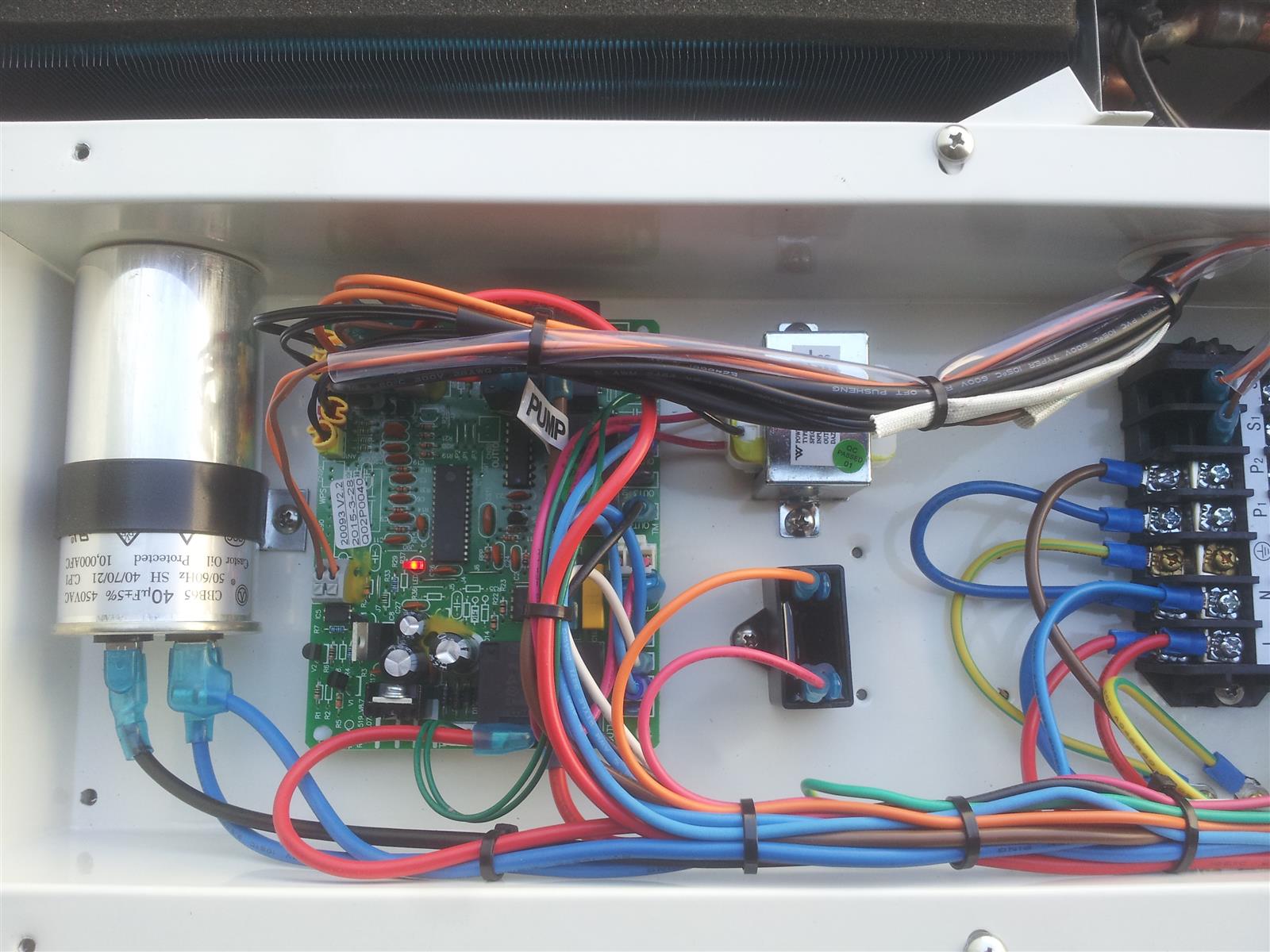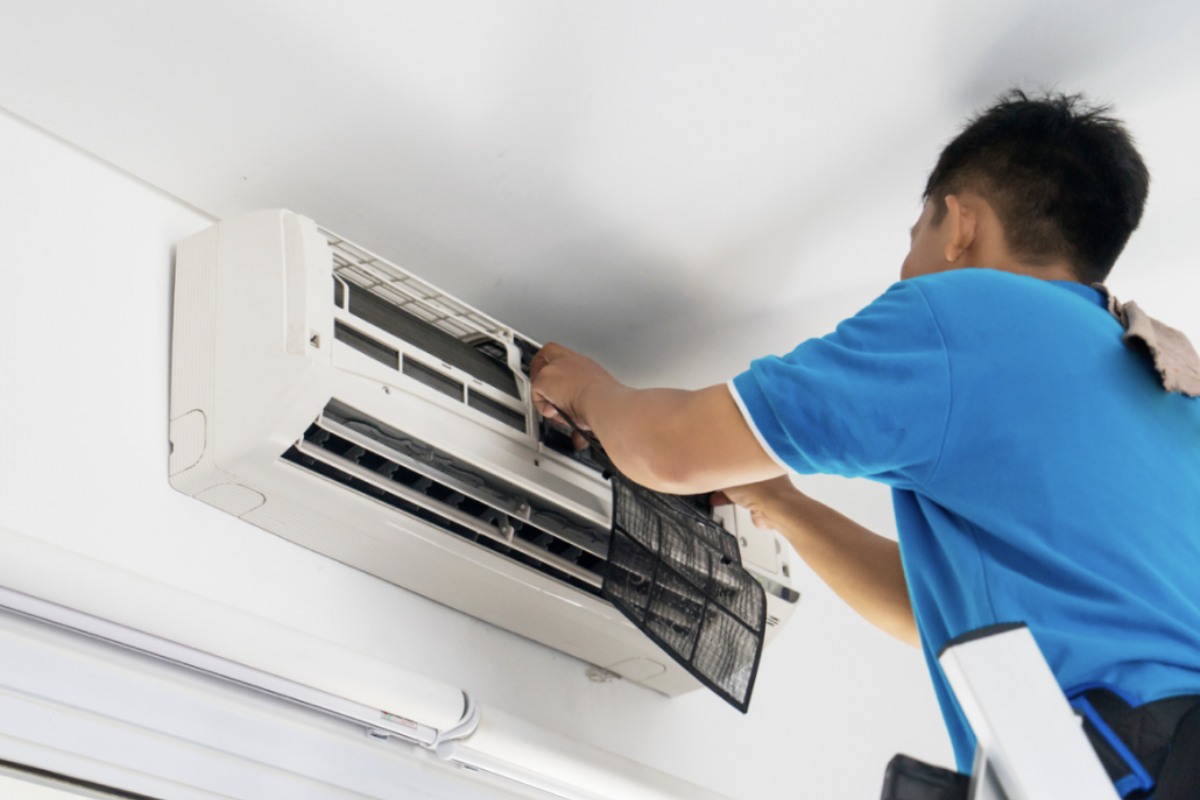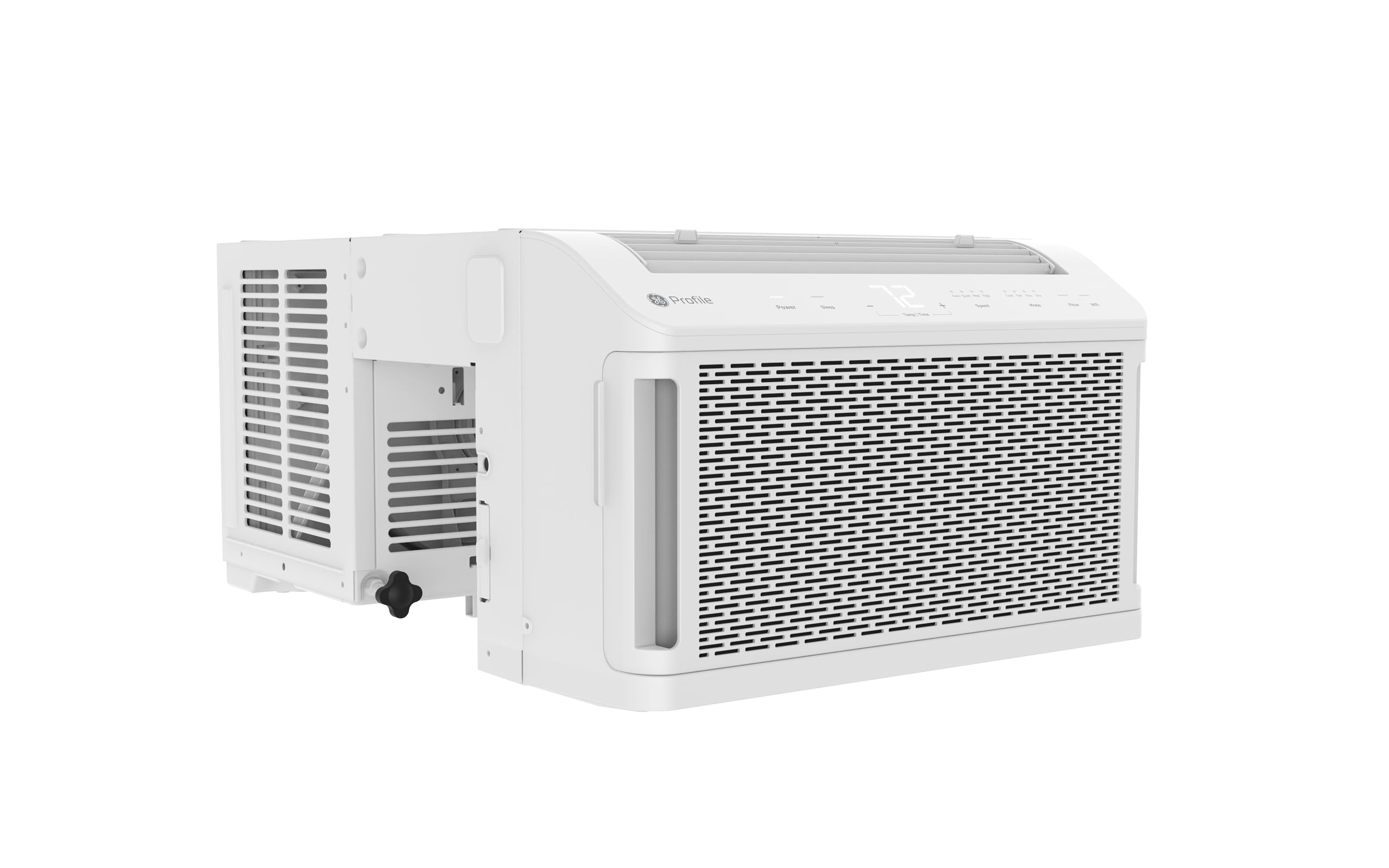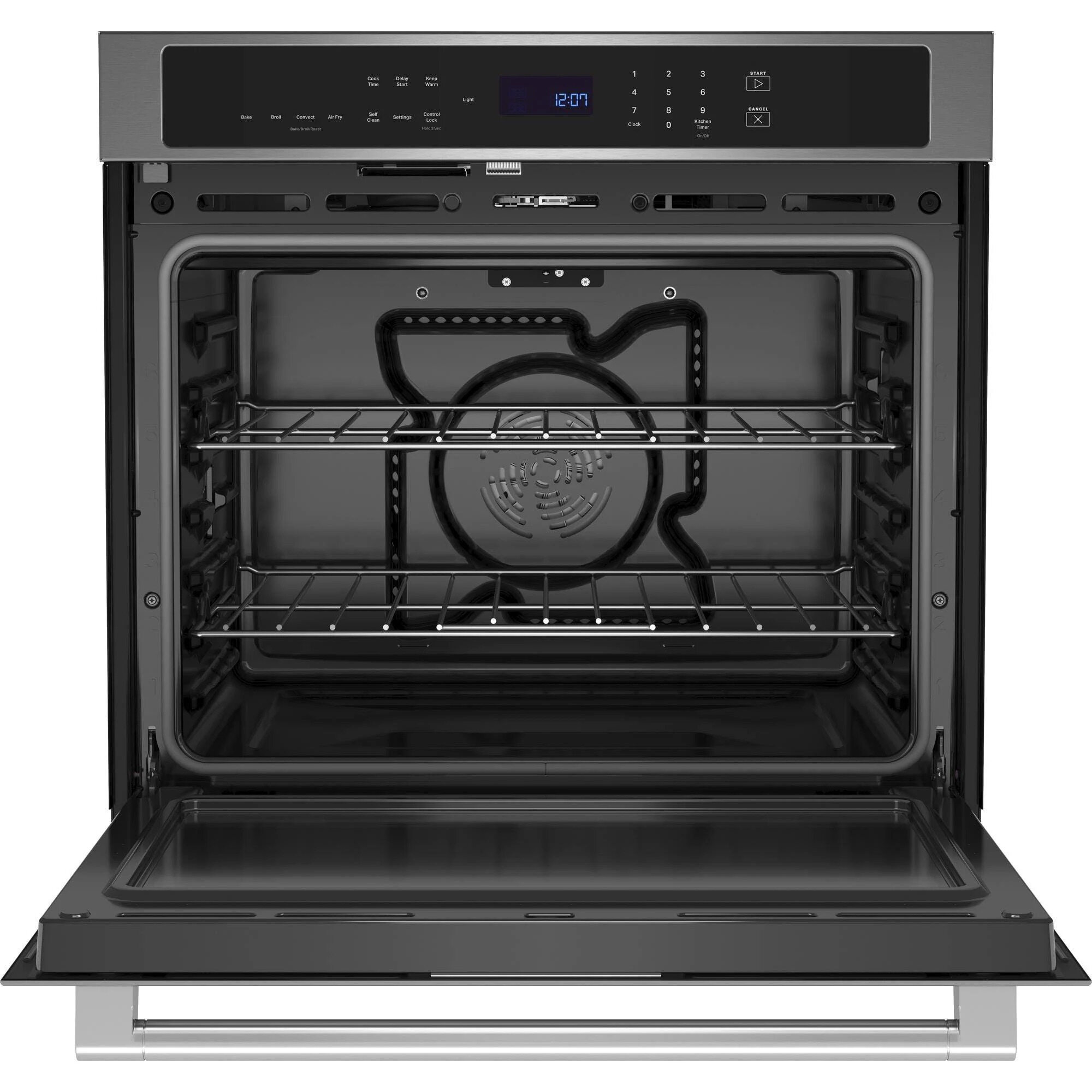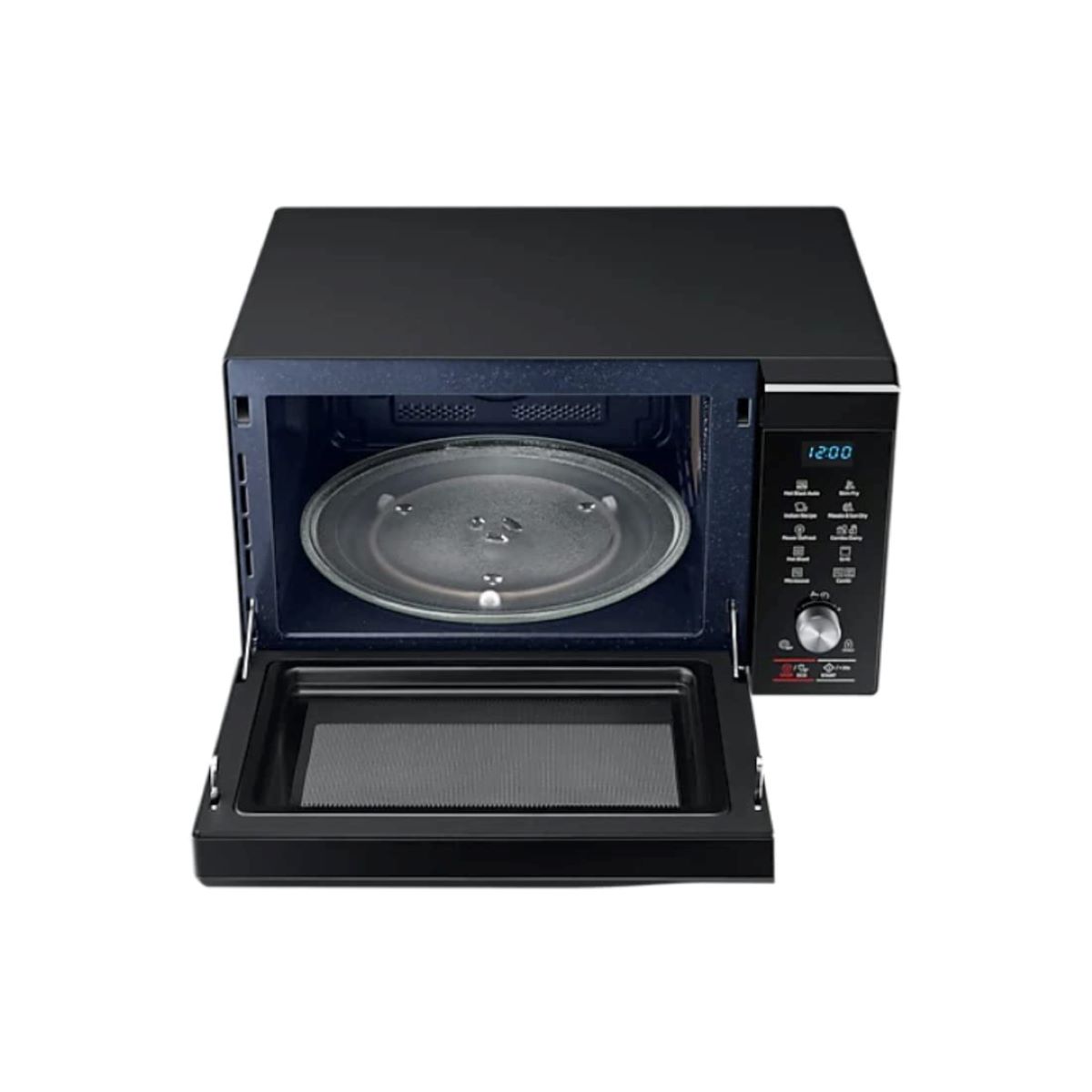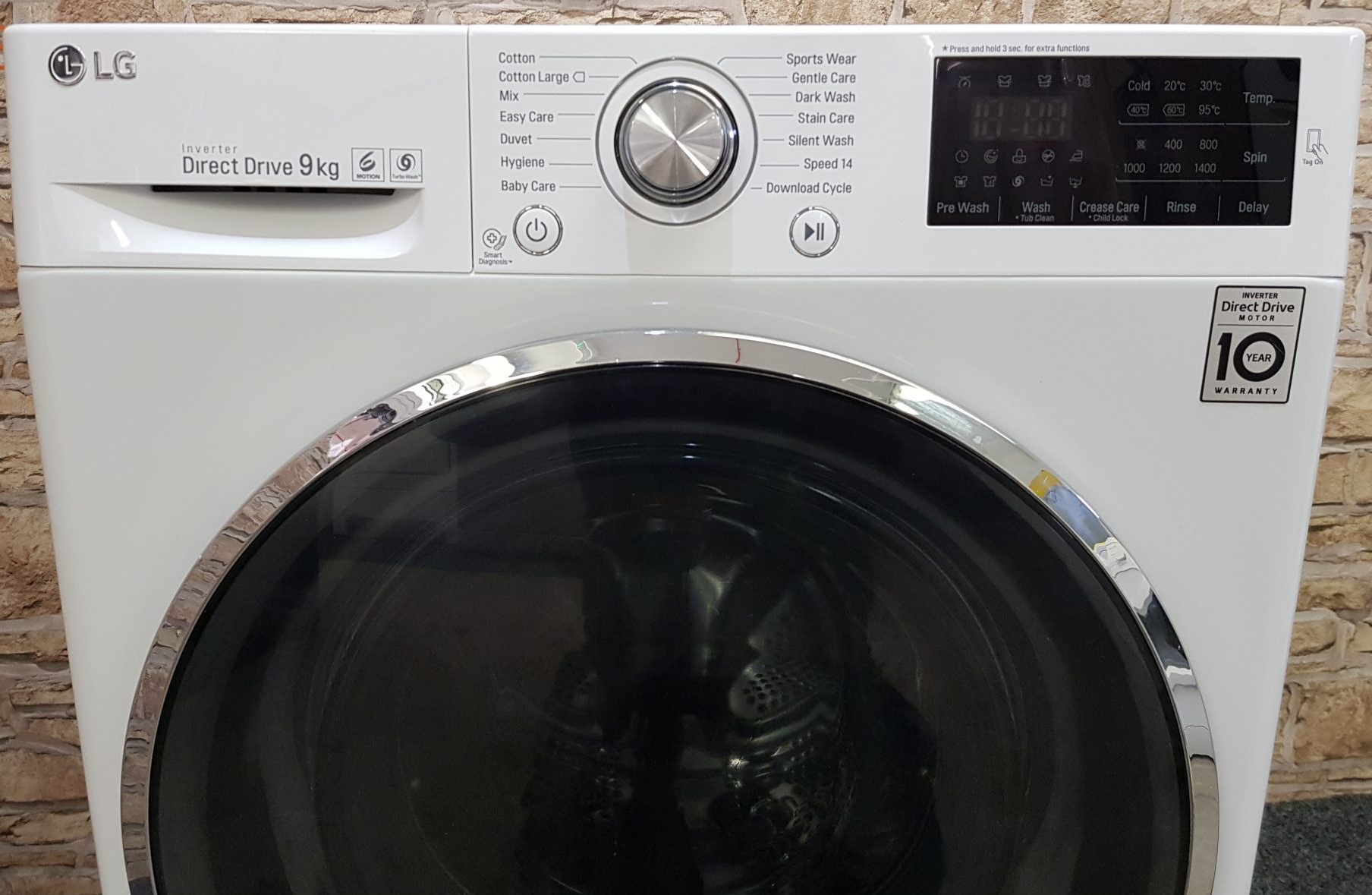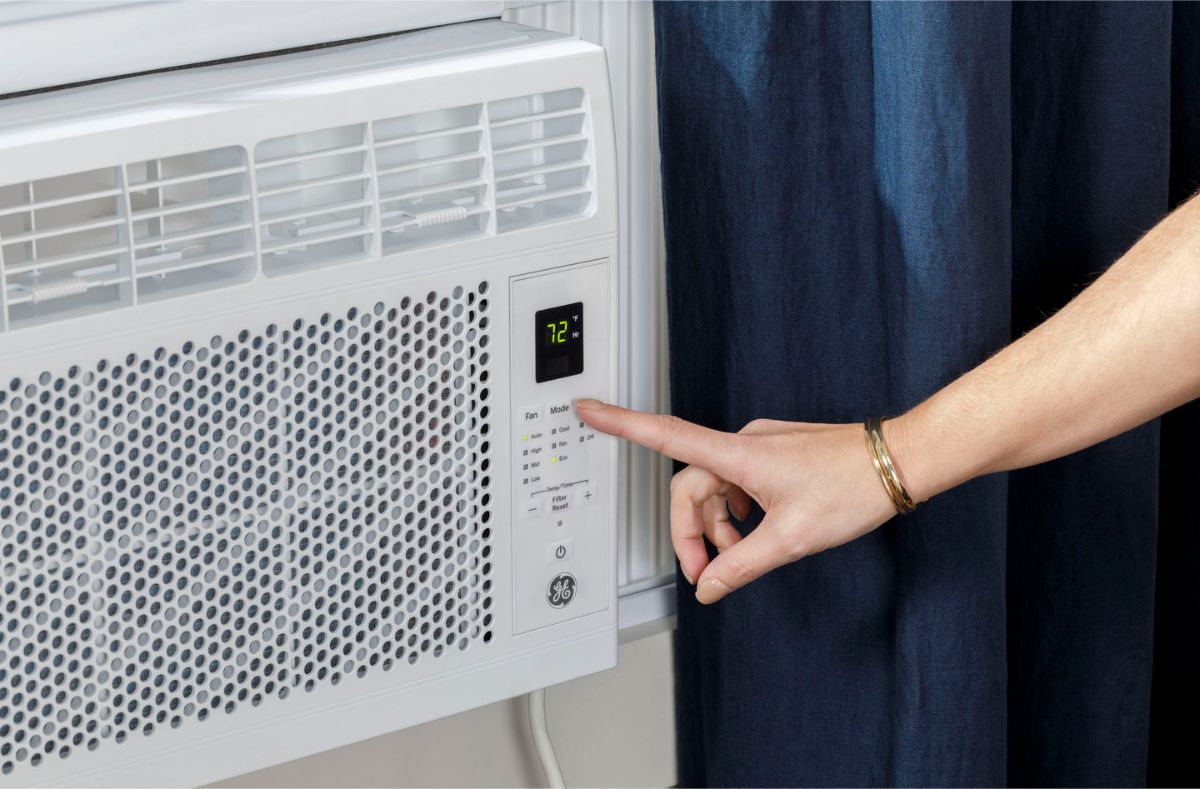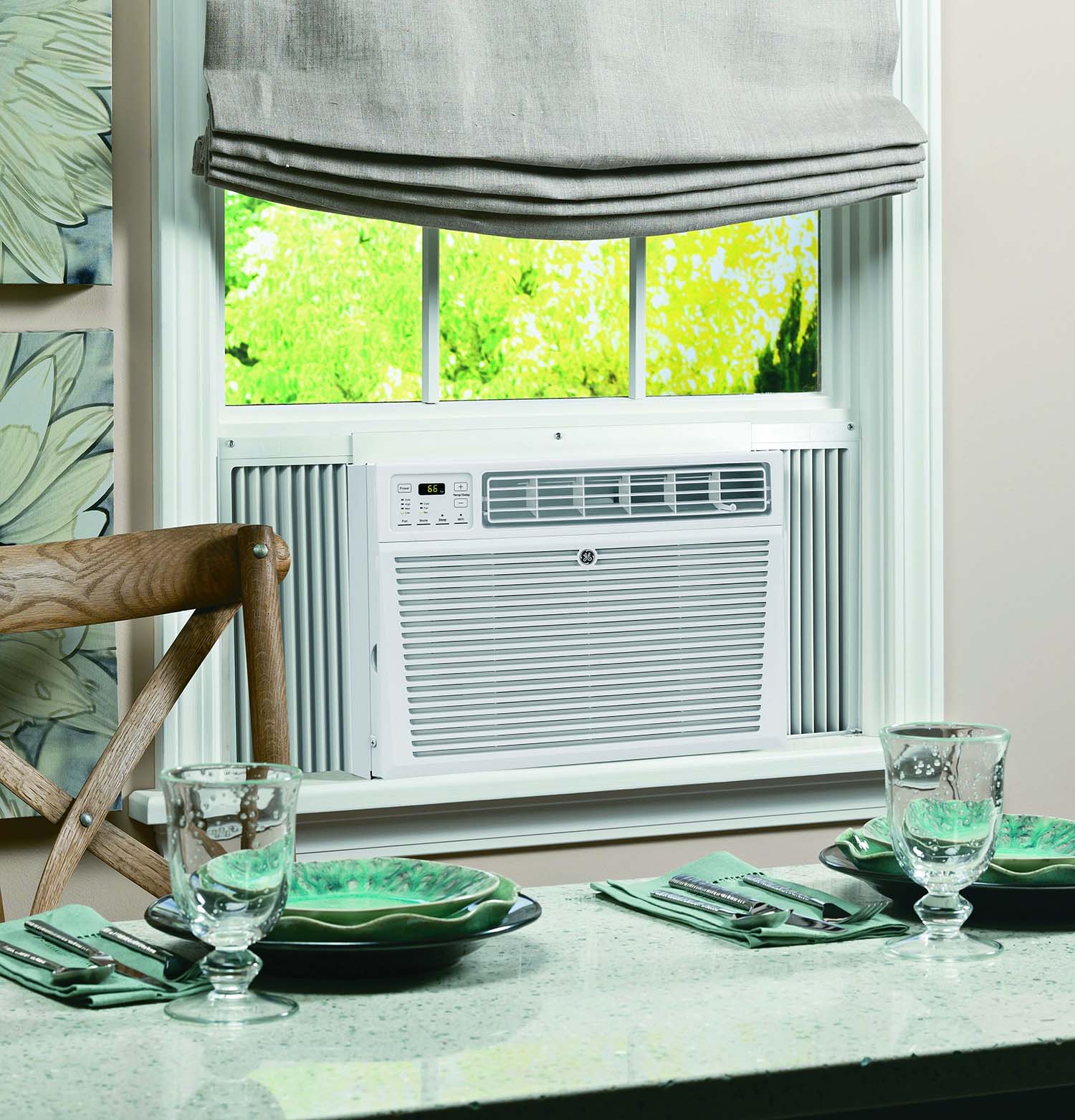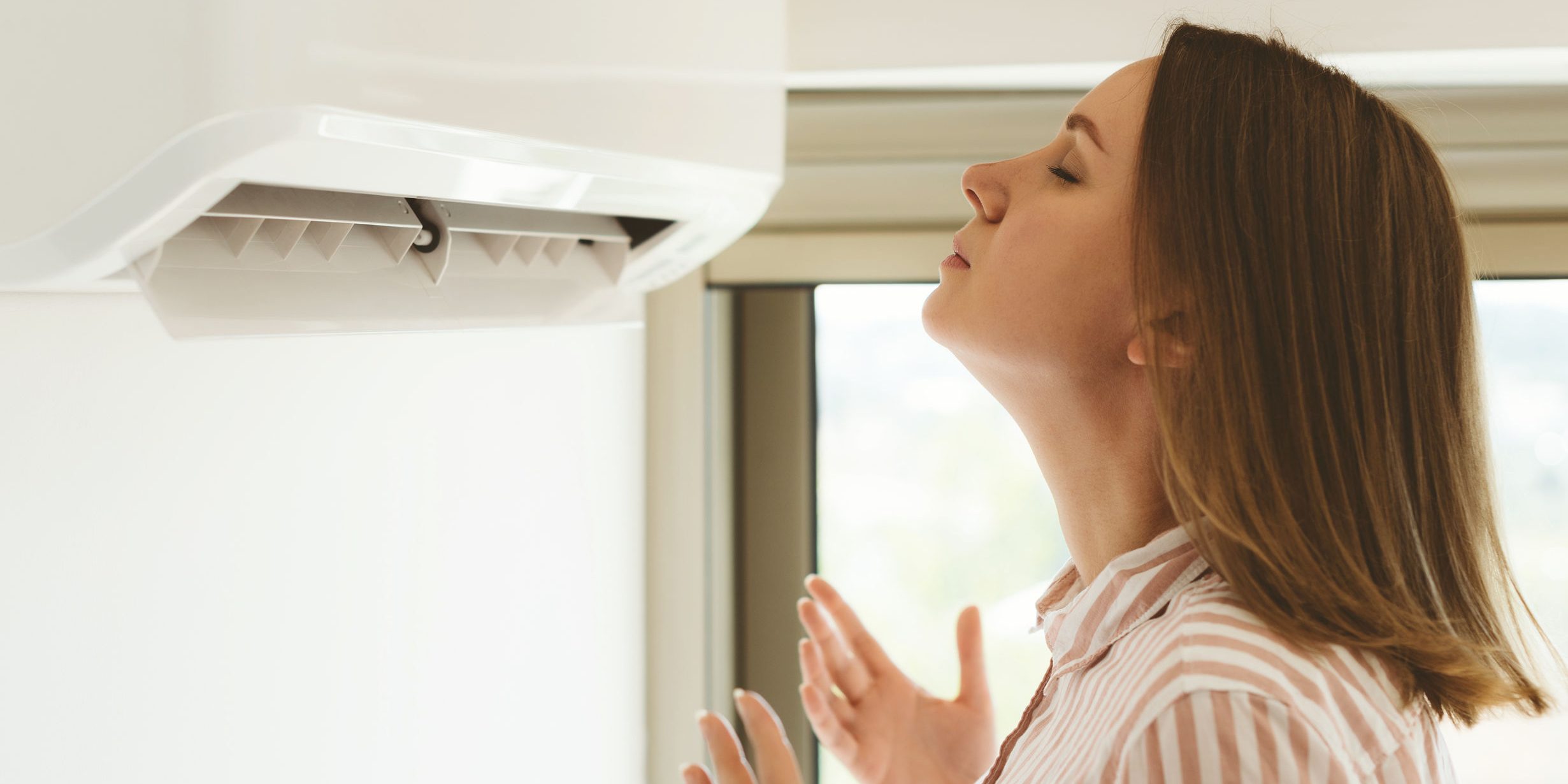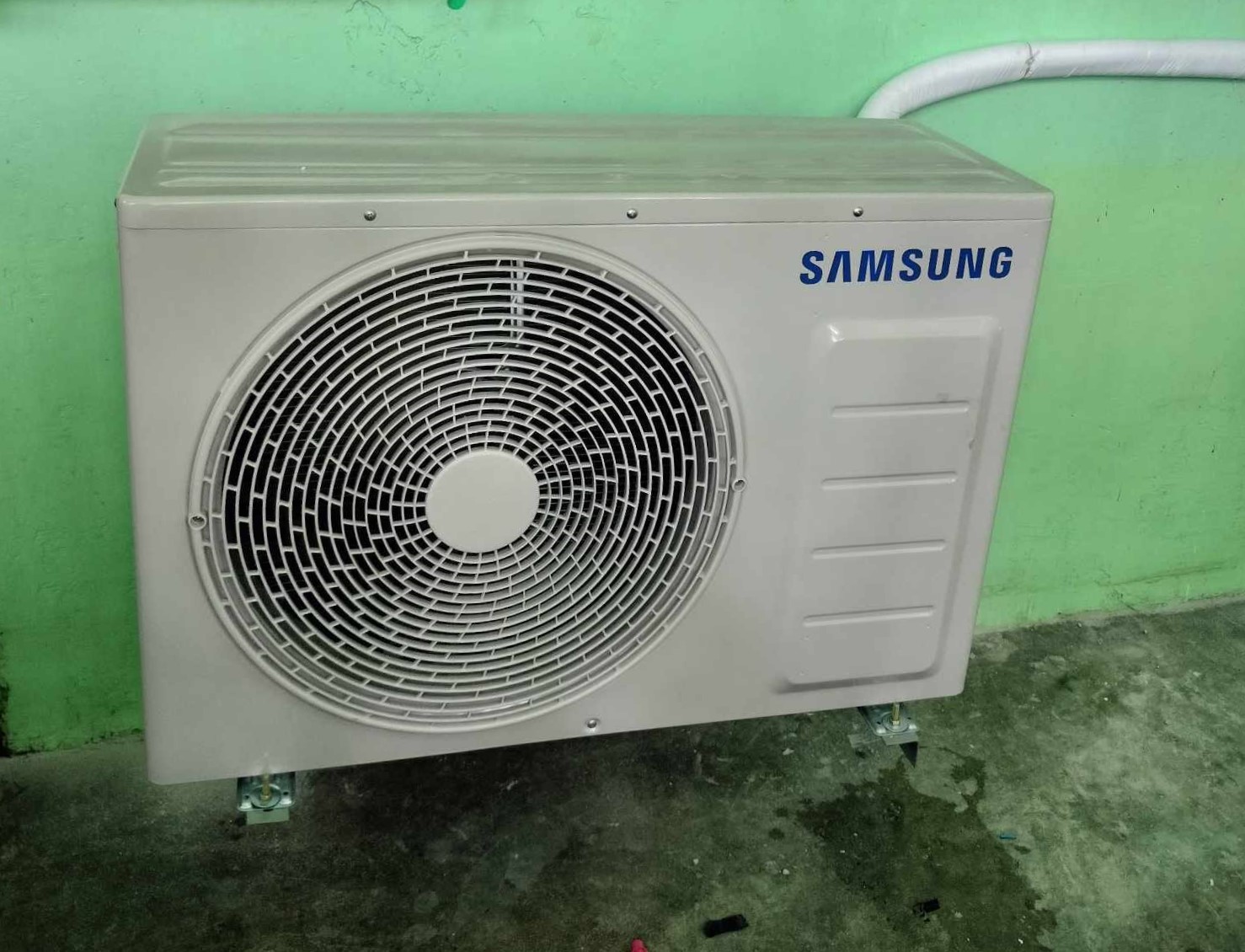Home>Home Maintenance>How To Fix P0 Error Code On An Air Conditioner
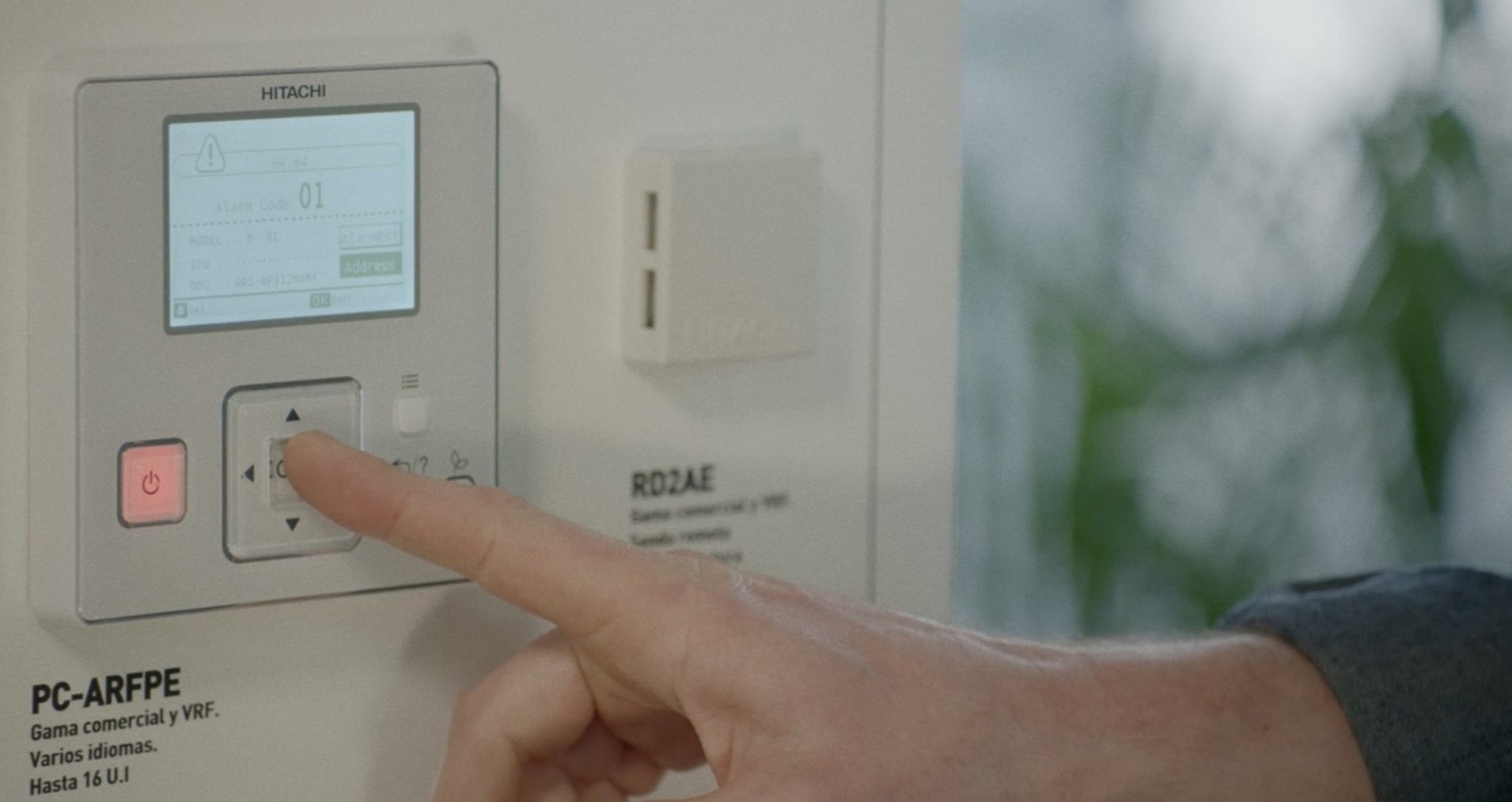

Home Maintenance
How To Fix P0 Error Code On An Air Conditioner
Modified: August 26, 2024
Learn how to troubleshoot and resolve the P0 error code on your air conditioner at home with our helpful maintenance tips.
(Many of the links in this article redirect to a specific reviewed product. Your purchase of these products through affiliate links helps to generate commission for Storables.com, at no extra cost. Learn more)
Introduction
Welcome to our comprehensive guide on how to fix the P0 error code on an air conditioner. If you’ve encountered this error, don’t worry – we’re here to help you troubleshoot and resolve the issue. The P0 error code is a common problem that many air conditioner users face, and it typically indicates a fault or malfunction in the system.
Understanding the P0 error code and knowing how to fix it can save you time and money by preventing unnecessary service calls or replacements. In this article, we will delve into the possible causes of the P0 error code and provide step-by-step solutions to tackle the issue.
Before we dive into the troubleshooting steps, it’s essential to note that the specific instructions may vary depending on the make and model of your air conditioner. Always refer to the manufacturer’s manual for specific guidelines and consult a professional if you are unsure or uncomfortable with the troubleshooting process.
Now, let’s get started on understanding the P0 error code and how to fix it. Whether you’re a homeowner or an HVAC technician, this guide will equip you with the knowledge to tackle this error and restore optimal performance to your air conditioner.
Key Takeaways:
- Don’t panic if you see a P0 error on your AC! It’s often fixable by checking power, wiring, filters, and refrigerant. Regular maintenance can prevent future issues.
- Understanding the P0 error and following simple troubleshooting steps can save time and money. If in doubt, seek professional help to fix the issue.
Understanding Error P0 on Air Conditioners
The P0 error code is a common error that can occur on air conditioners. It typically indicates a fault or malfunction in the system. Understanding the meaning behind this error is crucial in diagnosing and resolving the issue.
On most air conditioners, the P0 error code is associated with a problem related to power. It signifies that there is a power issue or interruption in the operation of the unit. This error code is often displayed on the control panel or LCD screen of the air conditioner.
When the P0 error code appears, it is essential to take immediate action to identify and rectify the underlying problem. Ignoring the error or neglecting to fix it can result in further damage to the air conditioner or lead to inefficient cooling performance.
There are several potential causes of the P0 error code, ranging from simple issues to more complex problems. It’s important to troubleshoot and address each possible cause systematically to resolve the error successfully.
Next, we will discuss some of the common causes of the P0 error code on air conditioners. By understanding these causes, you will be better equipped to diagnose and fix the issue.
Possible Causes of P0 Error Code
The P0 error code on an air conditioner can be triggered by various factors. Understanding these potential causes will help you narrow down the issue and take appropriate action. Below are some common reasons why the P0 error code may appear on your air conditioner:
- Power Supply Issues: One of the primary causes of the P0 error code is an interruption or fluctuation in the power supply. It could be due to a power outage, electrical circuit tripping, or inadequate voltage supply. Ensure that the air conditioner is connected to a stable power source and check for any tripped breakers or blown fuses.
- Faulty Wiring: Faulty wiring connections can also lead to the P0 error code. Check the internal wiring of the air conditioner unit for any loose or damaged connections. If you find any issues, it is recommended to reach out to a professional electrician to rectify the wiring problem.
- Malfunctioning Compressor: The compressor is a vital component of an air conditioner, responsible for circulating the refrigerant and facilitating the cooling process. If the compressor is faulty or not functioning correctly, it can trigger the P0 error code. A malfunctioning compressor may require professional intervention to repair or replace.
- Thermostat Problems: The thermostat controls the temperature settings of the air conditioner. If the thermostat is not calibrated correctly or is malfunctioning, it can cause erroneous error codes like P0. Inspect the thermostat settings and ensure they are accurate. Consider replacing the thermostat if necessary.
- Blocked Air Filters: Clogged or dirty air filters can restrict the airflow, leading to strain on the air conditioner and potential errors like P0. Regularly clean or replace the air filters to maintain proper airflow and prevent issues with the unit.
- Low Refrigerant Level: Insufficient refrigerant in the air conditioning system can also trigger error codes. A leak or evaporation of refrigerant can lead to decreased cooling performance and the appearance of the P0 error code. If you suspect a refrigerant leak, it is advisable to contact a professional technician to diagnose and repair it.
These are just a few examples of the possible causes behind the P0 error code on air conditioners. It’s important to note that the exact cause can vary based on the specific make and model of your air conditioner. It is recommended to consult the manufacturer’s manual or seek assistance from a professional HVAC technician to accurately diagnose and resolve the issue.
Check the air filter and clean or replace it if it’s dirty. Also, make sure the outdoor unit is free from debris and the thermostat is set correctly. If the issue persists, contact a professional technician.
Steps to Fix P0 Error Code on an Air Conditioner
Resolving the P0 error code on your air conditioner may seem daunting, but with the right troubleshooting steps, you can often rectify the issue yourself. Follow the steps below to fix the P0 error code and get your air conditioner back up and running:
- Power Reset: Start by performing a power reset on the air conditioner. Turn off the unit and disconnect it from the power source. Wait for a few minutes before reconnecting and powering it back on. This simple step can often clear minor glitches and reset the system.
- Check Power Supply: Verify that the air conditioner is receiving sufficient power supply. Ensure that the power cord is securely connected and that there are no issues with the circuit breakers or fuses. If needed, test the outlet with another electronic device to ensure it is functioning correctly.
- Inspect Wiring Connections: Examine the internal wiring of the air conditioner unit. Look for any loose or damaged wiring connections. If you find any issues, it is advisable to seek assistance from a professional electrician to safely repair or replace the faulty wiring.
- Clean or Replace Air Filters: Remove and clean the air filters of the air conditioner. Clogged or dirty filters can impede airflow, leading to strain on the system. If the filters are damaged or beyond cleaning, consider replacing them with new ones.
- Check and Recharge Refrigerant: Consult the manufacturer’s manual to locate the refrigerant lines of the air conditioner. Inspect for any signs of refrigerant leaks, such as oil stains or hissing sounds. If a leak is detected, it is best to contact a professional technician to repair and recharge the refrigerant properly.
- Verify Thermostat Settings: Ensure that the thermostat settings of the air conditioner are accurate. If necessary, recalibrate the thermostat or replace it if it is malfunctioning. A faulty thermostat can trigger error codes like P0.
- Professional Assistance: If you have followed the steps above and are still unable to resolve the P0 error code, it is recommended to seek professional assistance. An HVAC technician will have the expertise and tools to diagnose and fix any underlying issues with your air conditioner.
By following these steps and addressing the potential causes of the P0 error code, you can significantly increase the chances of resolving the issue on your own. However, if you are unsure or uncomfortable with any of the troubleshooting steps, it is always best to consult a professional technician to avoid further damage to your air conditioner.
Conclusion
Encountering the P0 error code on your air conditioner can be frustrating, but with the information provided in this guide, you are now equipped to identify the possible causes and take the necessary steps to fix the issue.
Remember that each air conditioner may have unique specifications and requirements, so it’s important to consult the manufacturer’s manual for specific guidelines and seek professional assistance if needed.
By understanding the potential causes of the P0 error code, such as power supply issues, faulty wiring, compressor malfunctions, thermostat problems, blocked air filters, and low refrigerant levels, you can begin troubleshooting and addressing the problem effectively.
Follow the recommended steps, including power resets, checking power supply, inspecting wiring, cleaning or replacing air filters, verifying thermostat settings, and seeking professional assistance if necessary.
Regular maintenance and care for your air conditioner can help prevent error codes like P0 from occurring in the first place. Remember to clean or replace air filters regularly, schedule professional maintenance checks, and stay vigilant for any signs of issues to minimize the chances of encountering errors in the future.
By taking a proactive approach to air conditioner maintenance and troubleshooting, you can ensure optimal performance, energy efficiency, and a comfortable indoor environment.
We hope this article has provided you with valuable insights and solutions for fixing the P0 error code on your air conditioner. Stay cool and enjoy the refreshing benefits of a well-functioning air conditioning system!
Frequently Asked Questions about How To Fix P0 Error Code On An Air Conditioner
Was this page helpful?
At Storables.com, we guarantee accurate and reliable information. Our content, validated by Expert Board Contributors, is crafted following stringent Editorial Policies. We're committed to providing you with well-researched, expert-backed insights for all your informational needs.
